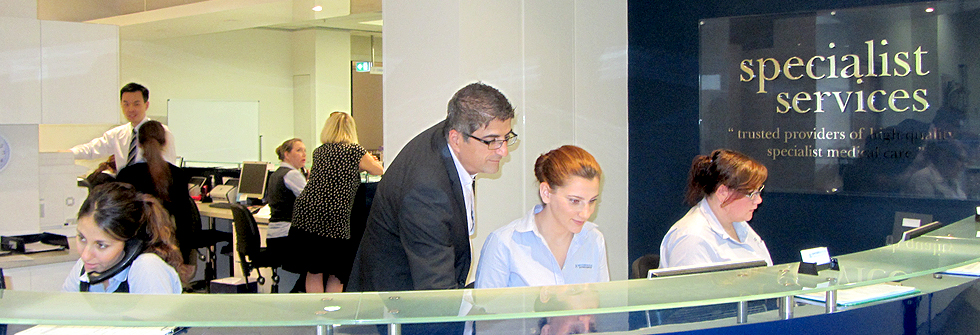Endoscopy is a simple non-surgical procedure usually carried out to examine your digestive tract. It’s done using an endoscope, which is a flexible tube with a camera attached to it. Doctor can view clear pictures of your digestive tract on the TV monitor.
During an upper endoscopy, the doctor will pass an endoscope through your mouth and throat and into your esophagus allowing doctor to closely view esophagus, stomach and also the upper part of your small intestine.
Similarly, endoscope can also be passed into your colon (large intestine), through rectum for examining this area of your intestine. This procedure is known as colonoscopy or sigmoidoscopy, depending on how far your colon is being examined. Why are the uses of endoscopy?
Mostly, endoscopy is recommended for evaluating:
• Polyps or growths in the colon
• Ulcers, gastritis, or difficulty swallowing
• Stomach pain
• Changes in bowel habits (diarrhoea or chronic constipation)
• Digestive tract bleeding
In addition, doctors may use an endoscope to take a biopsy (removal of tissues) to examine it for the presence of disease.
Endoscopy is also used for treating various digestive tract issues. For instance, it can be used to detect bleeding from an ulcer and some devices can also be passed through endoscope for treating the area and stopping the bleeding.
A sedative is provided for most examinations with endoscope. This calms down the individual undergoing this examination. The sedative is usually administered via a injection, and produces some relaxation and light sleep. Patient wakes up within an hour, but it’s not safe to drive until the next day.
Dr El-Khoury will discuss the operation detailing the indications, the risks and the benefits of the surgery and will also supplement his discussions with the Royal Australasian College of Surgeons information on the surgery.



